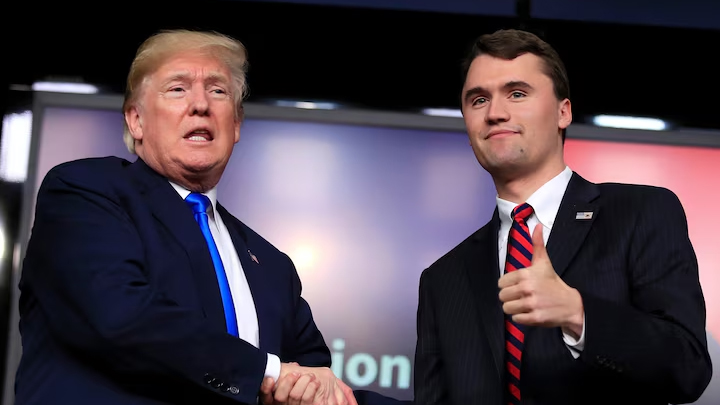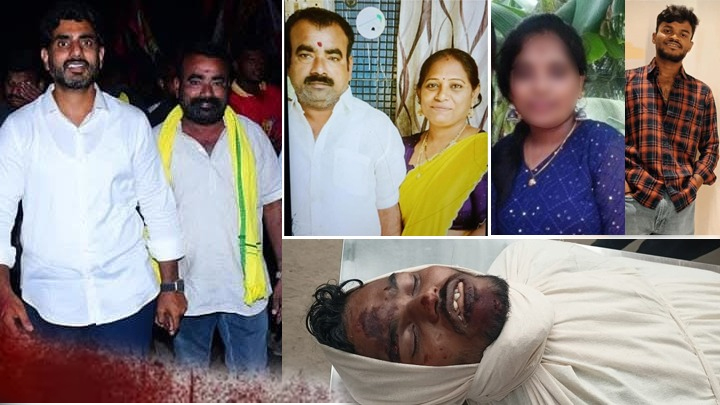The devastating crash of Air India Flight AI171, a Boeing 787 Dreamliner bound for London Gatwick, has sparked nationwide outrage and brought India’s aviation regulatory framework under intense scrutiny. As questions swirl around possible technical lapses and ministerial negligence, a pattern of overlooked safety warnings and delayed crisis response is drawing heavy fire on the Civil Aviation Ministry.
⚠️ Pre-Crash Technical Alarms Ignored
Even before takeoff, warning signs were apparent. A now-viral video, shot by a passenger on board during pre-departure checks, captured critical malfunctions including non-functioning in-flight display systems and air-conditioning failures. While seemingly minor on the surface, aviation experts say these could indicate larger systemic or electrical issues within the aircraft.
The aircraft crashed just two minutes after takeoff from Runway 23 at Ahmedabad’s Sardar Vallabhbhai Patel International Airport, descending rapidly from 825 feet with no further contact from the cockpit after an initial Mayday call. The abrupt nature of the crash suggests a catastrophic failure, possibly structural or engine-related.
🔥 Long-Haul Fuel Load Intensifies Damage
Given its intercontinental route to London, AI171 was carrying a heavy fuel load—a factor experts believe intensified the post-impact fire and destruction, complicating rescue operations and further damaging recoverable evidence.
🎥 Black Box Still Missing, Investigators on Edge
Authorities have yet to recover the flight data recorder (FDR) and cockpit voice recorder (CVR)—critical components that could confirm whether the crash was due to equipment failure, human error, or maintenance neglect. The DGCA has launched an inquiry, with Boeing engineers expected to join the technical investigation.Until the black box is found and analyzed, many questions will remain unanswered.
🔍 Spotlight on Civil Aviation Ministry & Minister Ram Mohan Naidu
Minister of Civil Aviation Ram Mohan Naidu is facing sharp criticism for alleged departmental lapses. Public discourse has turned toward accountability and oversight failure, especially given that pre-flight safety complaints were circulating even before takeoff.
The minister, who was in Vijayawada at the time, arrived hours after the crash, triggering outrage over delayed crisis coordination. Critics argue that emergency response and communication protocols were neither prompt nor transparent.
Opposition leaders, civil society voices, and aviation experts are demanding answers:
Were pre-flight safety checks properly followed?
Why were technical complaints ignored by ground crew or Air India staff?
Was the aircraft cleared under pressure, despite mechanical red flags?
📢 Calls for Moral and Administrative Accountability
Senior BJP leader Subramanian Swamy reignited political memory by citing Lal Bahadur Shastri’s resignation after a major train accident in the 1950s. Swamy called for the resignation of Prime Minister Narendra Modi, Home Minister Amit Shah, and Civil Aviation Minister Naidu, citing a breakdown in moral responsibility and public trust.
“This is not just a crash—it’s an institutional collapse. If leadership is not accountable now, when will it ever be?” Swamy said in a public statement.











